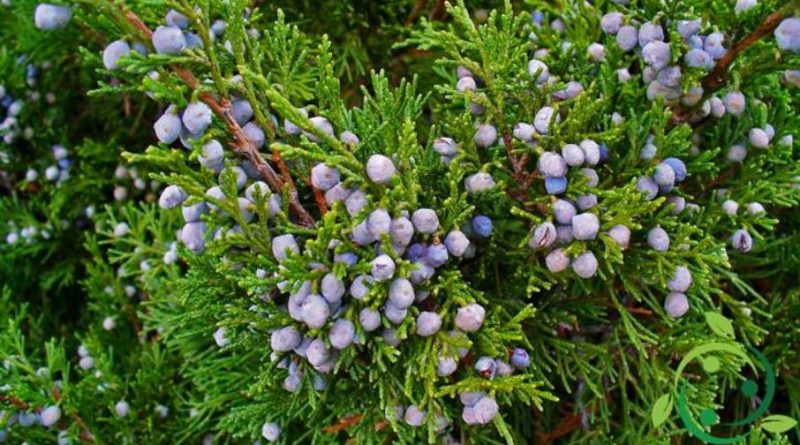Properties and uses of Juniper sabina
Properties and uses of Juniper sabina
The Juniper sabina or simply Sabina (Juniperus sabina L., 1753) is an arboreal species of the Cupressaceae family, native to Europe, Asia and North America, it is found in Italy in the Alps and in the Apennines from 1000 m up at 3000 m. this plant contains essential oil with sabinol, sabinene, cardinene, pinene, citronellol, furfural, methyl alcohol, a glucosyl, pinipricrine, a resin, a tannin, gallic acid.
In this sheet we will see properties and uses of Juniper sabina with the indications and contraindications of its use.
We immediately say that the whole plant is poisonous even with a deadly result. In the past it was used in phytotherapy, for its emmenagogical, abortive and irritating properties, the latter exploited for skin diseases. Easy overdosing leads to metroragie, hemorrhagic nephritis, violent irritation of the digestive tract, with burning of the mouth and throat, vomiting, diarrhea, abdominal pain, which can be aggravated by intestinal perforation and, moreover, congestion of the encephalic organs, retinal haemorrhages, stasis, cramps, and then paralysis. Today it is used instead as an ornamental plant in parks and gardens.
The Sabina was already known as a medicinal plant, in the Greco-Roman age and it was also known to be toxic.
Already Dioscorides and Pliny knew his emmenagogue and abortion action and was advised by them in the treatment of inflammation, ulcers and also of carbuncle. Later, in the Middle Ages, Charlemagne contributed to spreading its use, including it among the drugs inscribed in his «Capitulare», whose cultivation was obligatory.
Even today, in the popular medicine of some countries, especially in Northern Europe, Sabina is unfortunately used criminally for an abortifacient purpose, despite the serious and often lethal consequences it can cause.
Its strongly irritating action on the skin and mucous membranes of the gastro-intestinal tract and renal excretion, makes the use of this drug particularly dangerous, so much so that its use in human medicine is now completely abandoned.
Even its use in veterinary medicine, internally, is very limited today, while it still finds some indications for external use, in the form of powder, as a local irritant, in atonic ulcers, seborrheic alopecia, in condylomata, in synovial inflammations , in the hydropi of the tendon sheaths or of the metatarsal or metacarpophalangeal joint capsule (clothespins), etc.
Internally, in small doses, alone or associated with other drugs, it can be used, always in veterinary medicine, to excite appetite and rumination, to promote digestion, diuresis and also to obtain an aphrodisiac or ecbolic action.
Where they are used with due caution, Sabina’s preparations have proved to be practically useful to facilitate the second-aid, especially in large animals, injecting it as an infusion or diluted fluid extract, directly into the uterus cavity.
Sabina’s action is mainly due to its essential oil, but it is difficult to say which of its components is responsible for it.
The most characteristic activity of Sabina’s preparations and of its essential oil, is certainly that of provoking the contractions of the uterus, an action that was however little studied.
The intoxication that instead results in the administration of Sabina preparations at high doses, is manifested by more or less severe gastroenteritis, diarrhea, vomiting, colic, polyuria; if the dose is very high, in addition to the intensification of the aforementioned symptomatology, excitement of the nerve centers, hypothermia, bradycardia, weakening of cardiac activity, astonishment, up to coma and death are observed.

